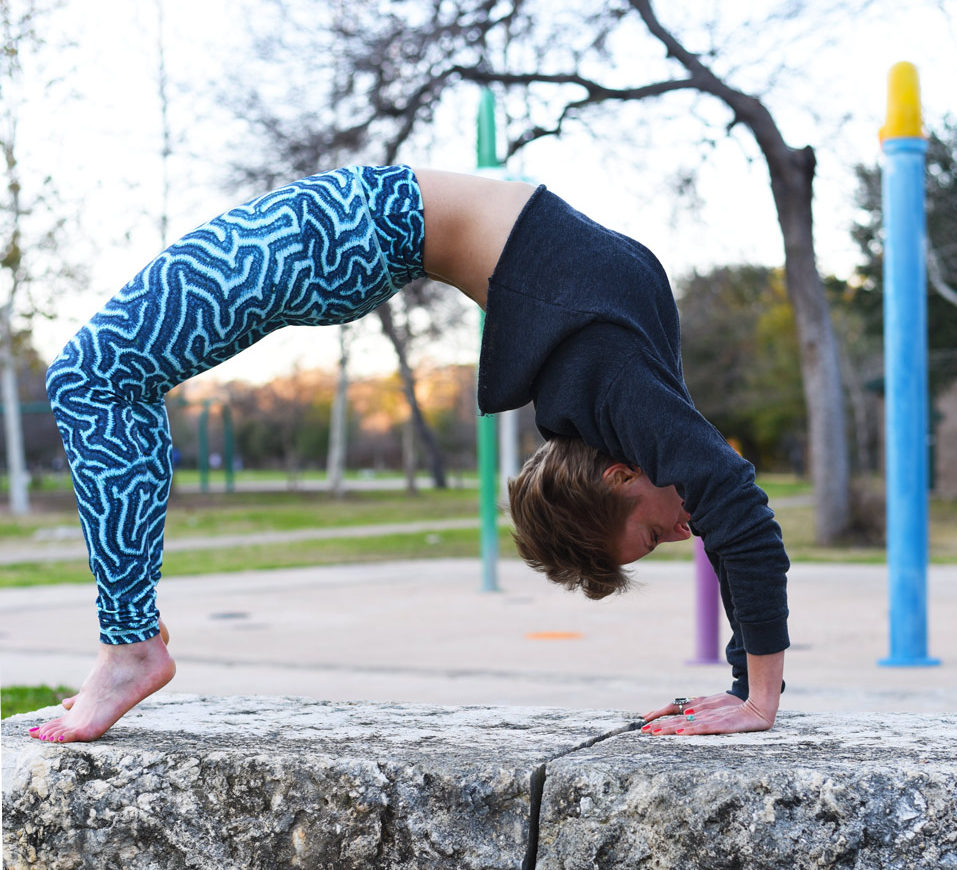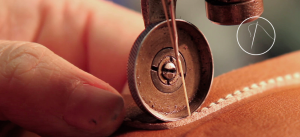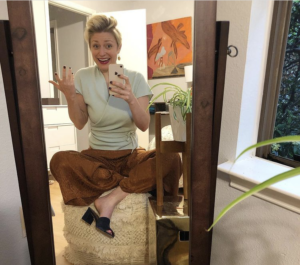Three Misconceptions To Reconsider
By Daniel Colt Collins
They say there’s no better teacher than failure. If that’s true, then failing over and over again should lead to a wealth of wisdom, right? That’s the source of inspiration behind my brand WiseFool. Getting wise by learning from the trials and tribulations life throws our way while staying foolish enough to keep picking ourselves in the process.
That’s why I’ve come to The Peahen. To share what I’ve learned in building a sustainable brand. Most notably, I want to debunk some misconceptions, ones that I believed before building WiseFool, in the hopes of sharing knowledge. Like topics similar to what is small business, for instance, I hope to serve up food for thought to anyone out there contemplating building their own clothing line, considering a career as an “eco-preneur,” or simply making sustainability a bigger part of their personal wardrobe.
Hope it helps, eco crew.
Misconception 1: Sustainability is straightforward
When I dove into this world, I thought I knew what sustainability meant. I believed it was binary. Yes or no. Eco or bust. What I’ve come to realize is that “sustainability” is more like a spectrum and building a brand within it is an arduous process. This is partly why many businesses prefer the option of franchising instead of starting a completely new brand. Initiatives such as iCRYO’s franchise program tend to offer more stability and sustainability than most new brands, which is why this is a popular option for many businesses. than On my journey I’ve made unexpected decisions you might classify as ‘the lesser of two evils’ and taken a nuanced approach to decision-making.
Baffled by Bamboo
One example comes to mind that happened in the early stages of WiseFool and almost ended my quest for sustainability. I read about the wonders of bamboo as a “natural” and “sustainable” plant-based material. I found out it could grow organically with little water. It was lauded for being strong, durable, and versatile. After my research on the raw material itself, I added a series of handmade sunglasses and reusable utensils shaped from my new favorite sustainable supercrop to my collection.
Hoping to follow suit with plant-based textiles, I turned once again to bamboo. Unfortunately, I had no idea how toxic and polluting the process of turning raw bamboo into fabric could be. So when a supposedly “eco-friendly” manufacturer assured me of their “commitment to sustainability” and tried to sell me on viscose bamboo fabric for my entire first line, I almost listened. Thank god I didn’t.
I dodged a bullet by reading up on my own. But the bigger lesson learned was that I needed to start thinking of sustainability not as an end goal, but as a continuously evolving way of doing things.
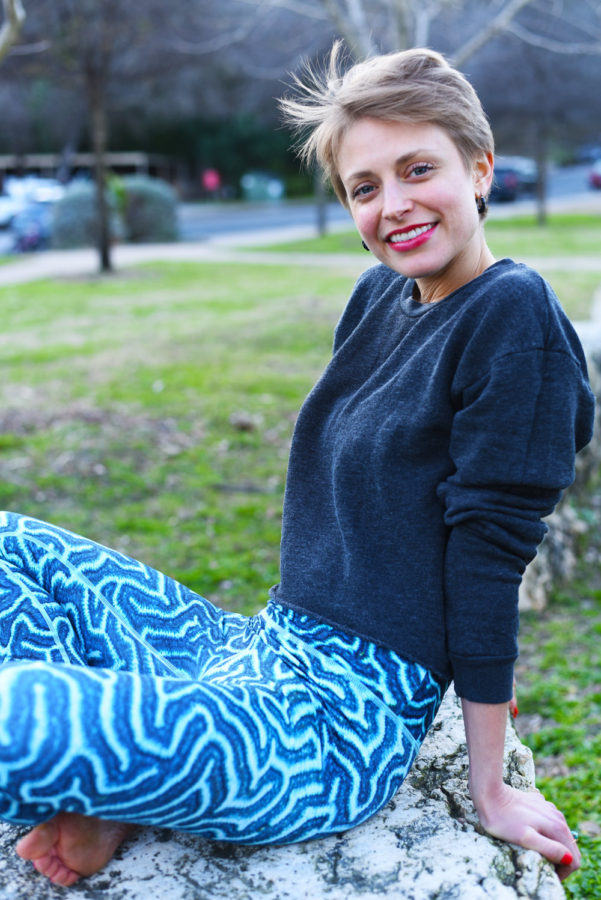
Now I know there’s always going to be trade-offs between competing considerations. Natural materials versus the ways they’re grown and processed. Recycled materials versus the microfibers they shed. The footprint of making a product versus the length and circularity of its life-cycle. How something is made, versus where, by whom, and how they’re treated, etc., etc. When it comes to these dilemmas, the answers may not be definitive.
There’s no such thing as a perfectly “sustainable” product. Rather, the real value lies in the research, the problem solving, the questions asked, and the knowledge gained along the way.
Misconception 2: Sustainability sells itself
I thought “going sustainable” would make my brand new and exciting. It didn’t. Brands like mine were already a dime a dozen and the most successful ones had a huge head start. I panicked I was late to the party.
The clothing space was already flooded with watered down buzzwords like “natural,” “eco-friendly,” and “ethical.” They sounded good enough to greenwash but were too vague to actually mean something.
Today, I’m still shocked by how many brands throw these terms around without explanation or supporting facts. Through their speciousness, they set back the entire movement and dilute consumers’ conceptions of sustainability. If everyone’s doing it, then sustainability isn’t special.
An authentic approach
So are we too late? Not necessarily, but we’ve got work to do. The key, as responsible brand owners, is to differentiate ourselves from the greenwashing through authenticity and positive communication. We must remain committed to an evolving process. And we must communicate what that process looks like to our followers and our buyers so they understand what makes our brands different.
You can ask: What about your approach to sustainability makes you valuable? Why should people care? Unless we can answer these questions for ourselves, others won’t take notice.
With WiseFool, we’re evolving and sharing our decision-making process every step of the way. Everything from the designs of our products and packaging, to the materials and suppliers we choose, the advocates and creatives we associate with, and the messages we share on our website and social media, represent an intentional part of our brand. Keeping our waste to a minimum, as a brand, is fairly easy. We recycle, we reuse and we are exploring plastic waste balers for hire and purchase to deal with the very little plastic we have in the most environmentally friendly way we can. That’s the (relatively) easy part. Now we have to let our audience in on the process in a way that’s both accessible and compelling enough to get them to care.
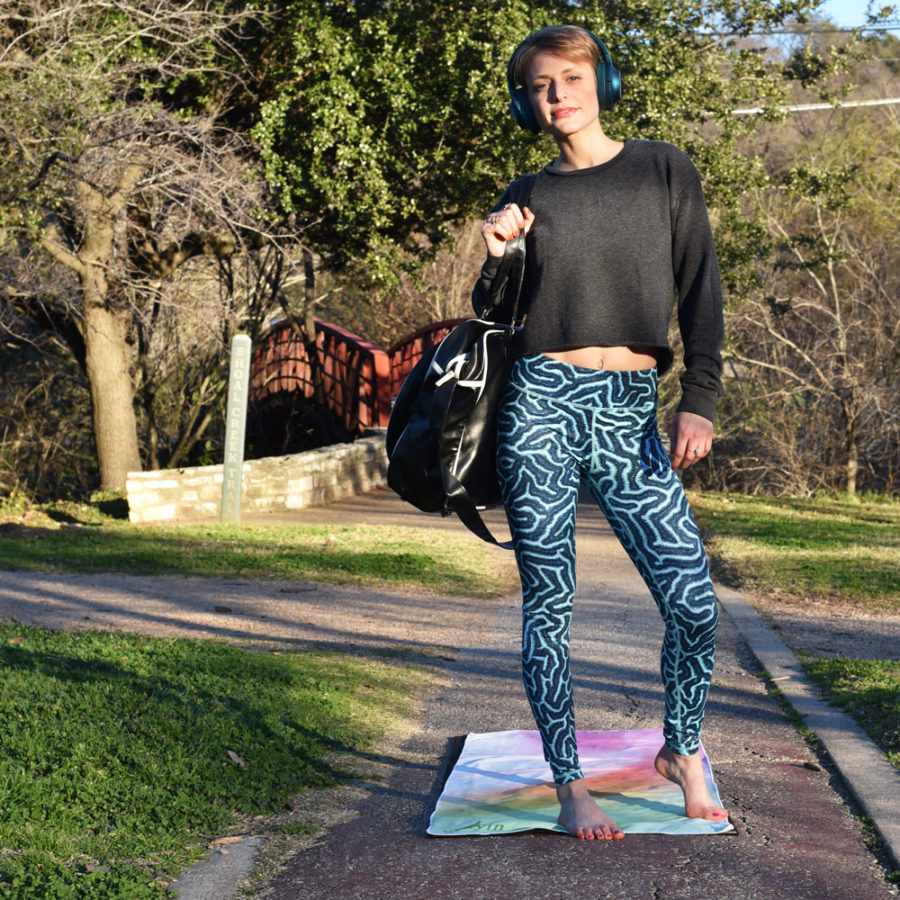
Misconception 3: The world is Ready
Remember that supposedly “eco-friendly” supplier I mentioned earlier? Unfortunately, surface-deep commitment is still the norm in fashion. While sustainability is part of society’s vernacular, I see more lip service being paid to it than I do genuine effort or care. Big players like H&M continue to ramp up their greenwashing efforts by doing just enough to seem part of the movement, while simultaneously capitalizing off business as usual.
It’s almost funny to see some of the worst mainstream fashion offenders touting “natural,” “eco-friendly,” and “ethical” collections that represent a tiny fraction of product they produce each year. (TL:DR – H&M’s promised their Conscious Collection would be made with at least 50 percent sustainable materials, such as organic cotton and recycled polyester. However, recycled materials only accounts for 0.2 percent of H&M’s total material use.)
It’s more of the same on the supply side too. Few understand or respect the type of sustainable decision-making process that runs counter to what they’re used to: making the most product at the lowest cost. Personally, I’ve turned down suppliers’ offers when they’ve suggested that I, “simply leave certain (non-eco) materials off my labels,” rather than pay more for eco alternatives. It definitely took gumption to keep a straight face when I politely refused their offer.
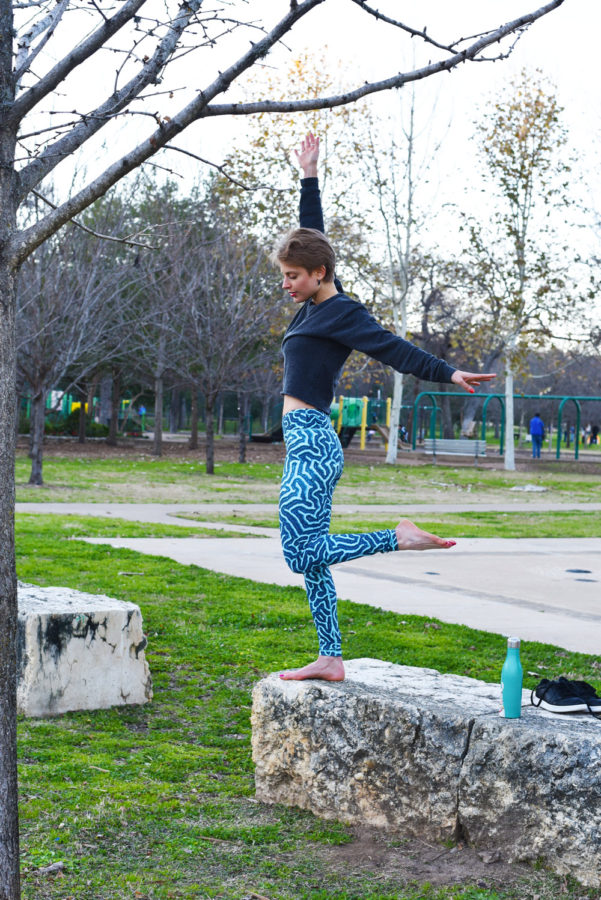
Can sustainable be sensible?
Going through this, I definitely understand the temptation to choose easy and cheap over ethical. The industry is set up so brands can take advantage of the lack of regulations. This is especially true in the US where they’re even more relaxed and in favor of business than in the EU, where the workers, materials and sourcing are tightly governed. When considering the short-term “here and now” of profits and losses, sustainability often doesn’t make business sense.
So what does this mean for brands, businesses and consumers that want to be sustainable? It means a long road ahead. We’re aiming for people and planet over profits, which requires a total paradigm shift. Until this becomes the norm, we must enjoy small successes on the way. I’m encouraged by brands like Groceries Apparel, innovators like Zero Waste Daniel, and advocates like Kasi who are making big strides, pushing boundaries, and leading the conversation in new directions every day.
Ultimately, it falls on us little guys and gals to nudge big industries in the right direction. I think we’re up to the task. I’ve been fortunate enough to find partners who possess the farsightedness to see the benefits of doing things ethically and sustainably, despite added short-term costs. I believe in and support all the other visionaries with enough resolve to stick it out for the long haul.
As creators, entrepreneurs, brand-directors, and – just as importantly – as consumers, we need to ask ourselves what messages we’re sending out and taking in on a daily basis.
Especially in the age of social media algorithms, everything we spend time both creating and consuming becomes either part of the problem, or part of the solution. We all need to become more aware of our own contribution.
What do we do now?
That brings me back to the purpose of my brand: Getting wise and staying foolish is about finding balance while remaining mindful of our impact. Sometimes sustainability creates a huge burden to bear, but if we can find better ways to work together I believe we’ll overcome. We can’t be afraid to get messy in the process.
Let’s share our mistakes and celebrate our successes with each other. Let’s let our failures become lessons, and our victories become inspiration for fellow members of the movement. Most importantly, let’s continue amplifying each other’s voices through collaborative efforts like this. If we can do all that, we can spark the change needed to make fashion, and the world, a more sustainable space. But before we can do that, we need to get more people on board with our movement by telling them about my brand in the first place. I have no idea about where to start with getting this done, but luckily my friend told me about a company like Custom Water who can create bottled water with my logo and information on it, that we can display at different places so we can spread our message to a wider audience. I didn’t even know that this was possible, but how good does that sound? It could be just what we need to make this brand successful.
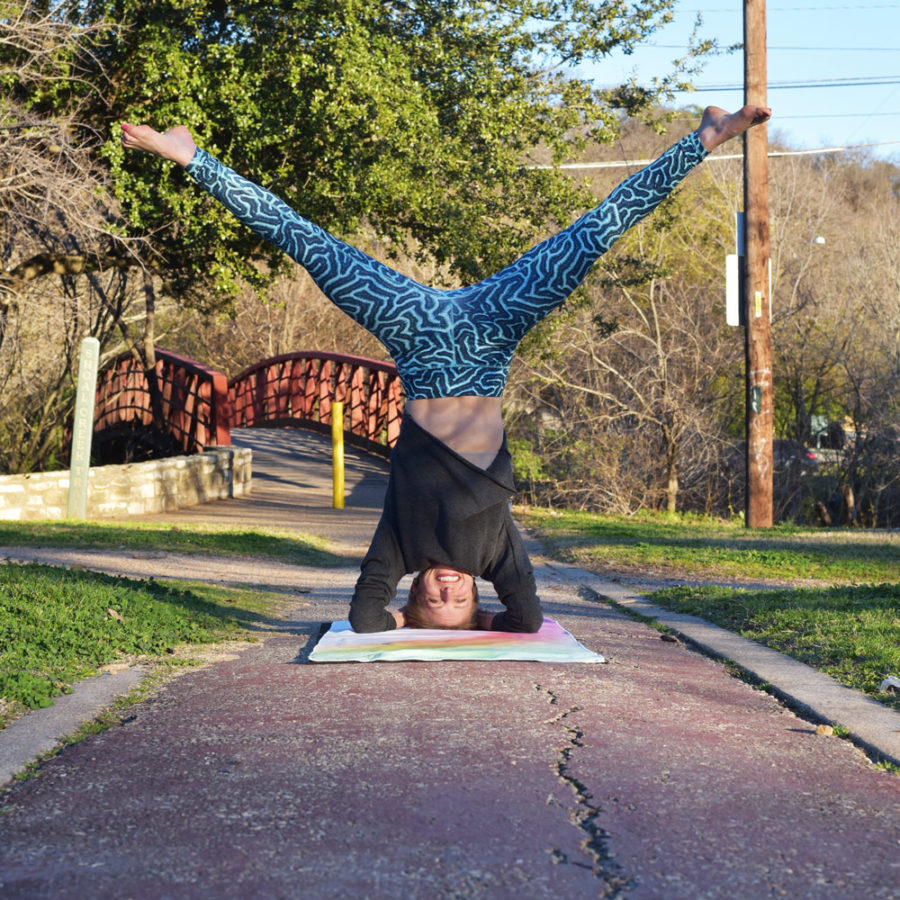
Here’s a few recommended ways to start:
- Make the media you consume more mindful. Follow accounts like @the_peahen, @ethicalwriters, and @ethicalhour. Listen to podcasts like @consciouschatter. Read magazines like @theregenmag. Educate yourself. Get wise, fool!
- Join the conversation. Don’t be afraid to add your own voice to the mix by commenting and reaching out to the accounts above. Ask your favorite brands the tough questions about sustainability, too. That’s what social media is meant for, and I’d like to see much more thoughtful, authentic engagement out there. There’s honestly nothing I love more than procrastinating my other projects while responding to comments at @getwisefool. Seriously. Try me.
- If nothing else, check out our tree-planting partner Eden Reforestation Projects. They work directly in areas around the world that have been devastated by deforestation, simultaneously making mother earth greener and alleviating extreme poverty by employing local villagers to plant trees. Every item we sell equals another tree planted by Eden, and even a small donation can make a world of difference.
- Shop more ethically, obviously! May I suggest starting with WiseFool?
If any of the above resonates with you feel free to comment here or reach out to me at @dannywisefool on Instagram. I’d love to hear your thoughts, answer your questions the best I can, and keep this conversation going. Thanks for caring, and keep fighting the good fight!
A note from Kasi: My outfit was graciously gifted by Daniel. For my gentlemen readers, WiseFool’s got a lineup of eco-conscious boardshorts and tees for you too. Check them out!
WiseFool is focused on reducing ocean plastic waste by prioritizing recycled polyester and natural fibers. Get familiar with the issue in this New Yorker article.

